The Long Term Missing
The Long Term Missing
Hope and Help for Families
Silvia Pettem
ROWMAN & LITTLEFIELD
Lanham Boulder New York London
Published by Rowman & Littlefield
A wholly owned subsidiary of The Rowman & Littlefield Publishing Group, Inc.
4501 Forbes Boulevard, Suite 200, Lanham, Maryland 20706
www.rowman.com
Unit A, Whitacre Mews, 26-34 Stannary Street, London SE11 4AB
Copyright 2017 by Silvia Pettem
All rights reserved . No part of this book may be reproduced in any form or by any electronic or mechanical means, including information storage and retrieval systems, without written permission from the publisher, except by a reviewer who may quote passages in a review.
British Library Cataloguing in Publication Information Available
Library of Congress Cataloging-in-Publication Data Available
ISBN 9781442256804 (cloth : alk. paper)
ISBN 9781442256811 (electronic)
 The paper used in this publication meets the minimum requirements of American National Standard for Information SciencesPermanence of Paper for Printed Library Materials, ANSI/NISO Z39.48-1992.
The paper used in this publication meets the minimum requirements of American National Standard for Information SciencesPermanence of Paper for Printed Library Materials, ANSI/NISO Z39.48-1992.
Printed in the United States of America
To all who bring home the missing and identify the unknown
Contents
Summers in Arizona are brutal. As my partner and I drove to Rosas home in south Phoenix, the temperature had already soared to more than 100 degrees. The heat just made our task more dolorous. There is no easy way to tell a mother her son is dead. Its horrific and is something I have had to do numerous times as a missing person detective.
Rosas adult son had been missing for twelve years. We, in the Phoenix Police Department, had long suspected that he had been murdered, but this was only confirmed when we received a lab report matching the DNA profile of her son to skeletal remains found in a neighboring county.
I had called ahead to make sure Rosa was home. She answered the door with a mixture of anticipation and dread and then ushered us into her small living room where we sat down.
Theres no easy way to say this, I began. Rosas hands began shaking and her tears started flowing. I continued, telling her what I knew about her sons death years before. I finished, saying, Im so very sorry to give you this news.
And, through her tears, she said, No, this is better. Its better to finally know, to finally have an answer.
The number of missing and unidentified persons in the United States is staggering. At any given time, more than 80,000 people are reported missing. On top of that, there are an estimated 40,000 unidentified bodies lying in morgues, graveyards, or yet undiscovered. Thats the population of a small city. No wonder the National Institute of Justice has described the situation as the nations silent mass disaster.
But numbers are... just numbers. When you try to codify what that means in human terms, you encounter pain on an unimaginable scale. Families of the missing suffer in a world of not knowing. As human beings, we deal with death in very different ways. We have enacted rituals, processes, and prayers to help us navigate the pain of losing those we love. Each of us finds a path through the grief when someone dies. That is how we survive, how we continue.
Families of the missing, however, are denied this process. Imagine, if you will, your mother leaving to run some errands and never returning. Or your brothers car being found abandoned in the desert, with no sign of him. Or your child walking to school and disappearing along the way. Imagine the fear and uncertainty, the inability to sleep, the growing panic. Imagine that feeling continuing for days, months, years, even decades. Imagine going through every birthday, every holiday, all the anniversaries, and never having an answer.
Thankfully, most of us will never know what that is like. It is a nightmare no one should have to experience.
In my years investigating missing person cases, I have encountered hundreds of families who are living this nightmare. I am humbled by their courage and strength in facing what would destroy most of us. These families have entered an uncharted, frightening territory that, until now, had no guidebook or map. Where do you look when a loved one is missing? Who do you turn to? How should you act? What is going on? The most common question asked is: What should I do?
The book you hold in your hands fills a much-needed gap. Along with inspiration and hope, it offers answers to these questions.
If you have read Silvia Pettems other books on the topic ( Someones Daughter: In Search of Justice for Jane Doe and Cold Case Research: Resources for Unidentified, Missing, and Cold Homicide Cases ), you know that she has a great passion for the subject of missing and unidentified persons. In Someones Daughter , Silvia was swept away by the half-century-old mystery of a Jane Doe homicide victim, buried in a Boulder, Colorado, cemetery. That book documents Silvias journey from local historian to full-fledged criminal investigator in resurrecting the case, aiding in the identification of the victim, and fleshing out the life of the probable killer. Someones Daughter reads like a fictional mystery-thriller but is even more remarkable because all of it is true.
In working the Boulder Jane Doe case, Silvia learned many valuable lessons and then shared them in the law enforcement textbook Cold Case Research . The book is filled with educational case studies and detailed instructions on gathering and documenting the historical evidence that becomes the foundation for cold cases. It is a book I frequently reference while working my missing person cases.
In The Long Term Missing: Hope and Help for Families , Silvia goes one step further, offering sound advice and guidance to family members who have missing loved ones. Within this book, you will discover and learn how to use available tools and resources, including the databases of the NamUs System that has revolutionized the search for the missing and the unknown. You may be surprised at the numerous services offered by the National Center for Missing & Exploited Children (NCMEC). Before the final pages, family members will know where to search and will understand the importance of preserving medical and dental records, photographs, and fingerprints. If you have not yet contributed a DNA sample in your loved ones missing person case, you will surely do so after reading this book.
In addition to outlining specific tasks a family should undertake, Silvia will introduce you to others who have experienced the terrible limbo that is a missing person case. In these pages, you will meet Gina Hoogendoorn and be inspired by her quest to find her father who was lost in a boating accident in 1997 in Wyoming. You will find hope in the story of Celeste Shaw, who located her sister alive in Mexico, eight years after her disappearance. You will get to know some of the large networks of like-minded individuals (law enforcement, medical examiners, victim advocates, and others) who are tirelessly working to identify the thousands of nameless dead in this country. One of these is Deb Anderson, who never gave up on identifying Blue Earth Jane Doe and returning her home. We must always remember that every unidentified person is a missing person to someone out there.
Having a loved one go missing is a confusing and terrifying situation. Families experience loss, fear, uncertainty, and despair. As the old saying goes, knowledge is power, and in these pages, you will find knowledge to empower yourselves. You will be taught how to navigate the unknown territory you have entered. You will recognize what realistically can and should be done in a case. Best of all, you will become your long-term missing persons advocate, not only to law enforcement but to the rest of the world.
Next page
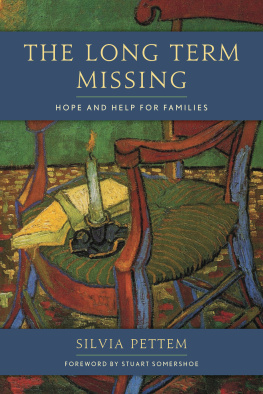
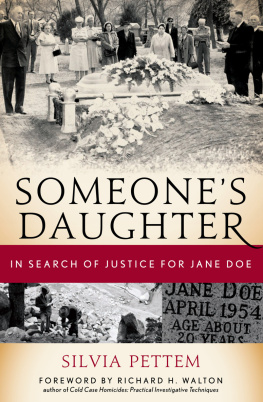


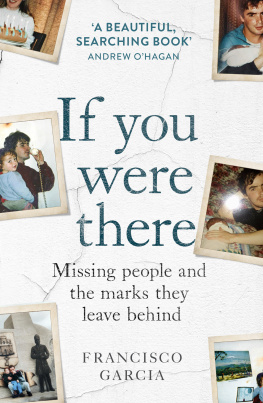
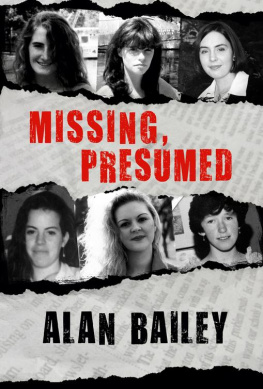
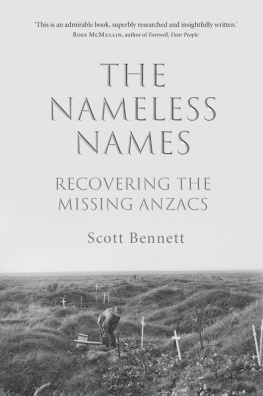

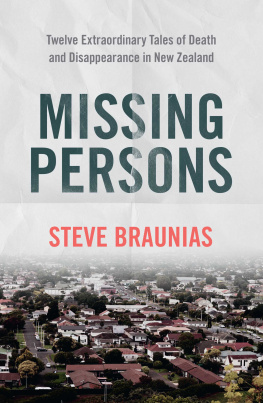
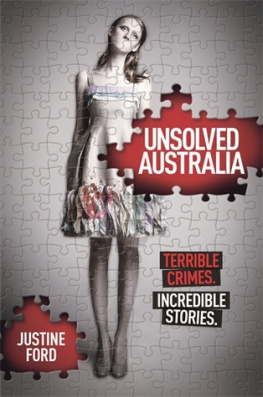
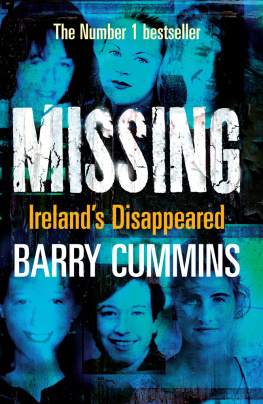
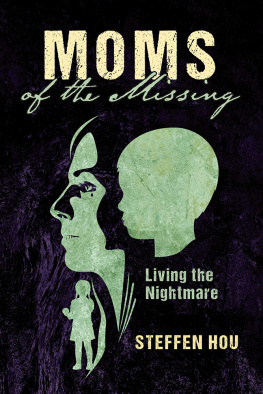
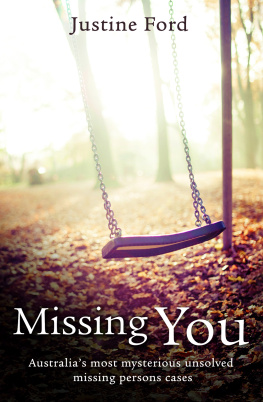
 The paper used in this publication meets the minimum requirements of American National Standard for Information SciencesPermanence of Paper for Printed Library Materials, ANSI/NISO Z39.48-1992.
The paper used in this publication meets the minimum requirements of American National Standard for Information SciencesPermanence of Paper for Printed Library Materials, ANSI/NISO Z39.48-1992.